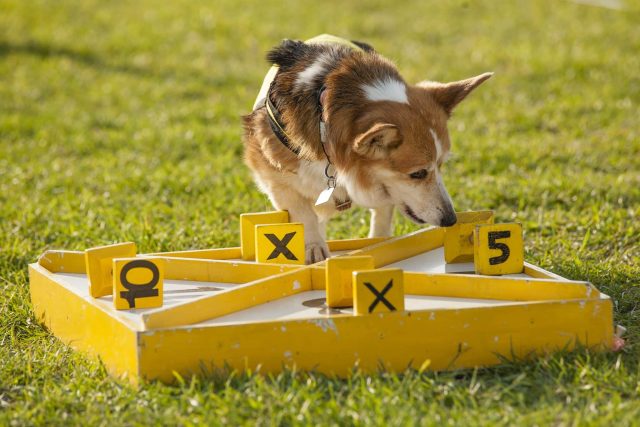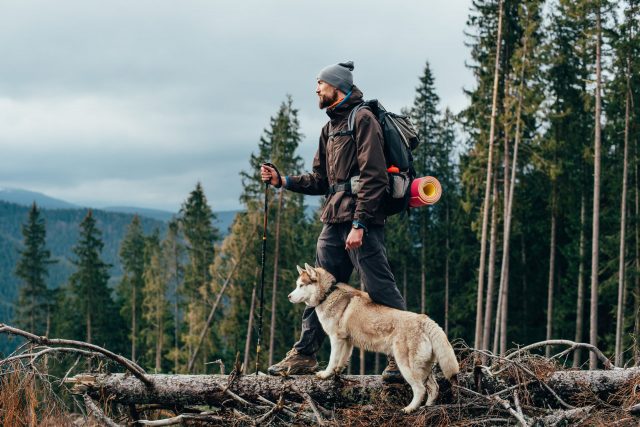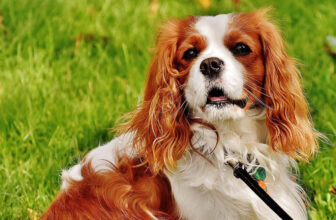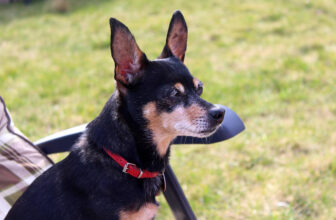
Check out our latest products
Keeping our dogs active is vital for their health and happiness, but not all play is created equal—especially when it comes to protecting their spines. While many dogs love to jump, twist, and race around with abandon, high-impact activities can strain their backs, leading to potential injuries or worsening underlying conditions like spondylosis or intervertebral disc disease (IVDD). Spine-smart play emphasizes safe, low-impact activities that strengthen muscles, promote healthy posture, and maintain joint flexibility.
These activities aren’t just for seniors or dogs with known spine issues—they benefit dogs of all ages and breeds. By incorporating thoughtful movement into your dog’s routine, you can enhance their quality of life and safeguard their spinal health for years to come.
Why Spine Health Matters During Play
The canine spine is a complex structure made up of vertebrae, intervertebral discs, nerves, and supporting muscles. Every leap, twist, and abrupt stop places stress on this structure. For dogs predisposed to spinal problems—such as Dachshunds, Boxers, German Shepherds, and Bulldogs—certain types of play can hasten the onset of injury. Even dogs without a genetic risk benefit from spine-smart play because repetitive strain over time can lead to degenerative changes.
When planning your dog’s activities, the goal is to encourage controlled movement that builds core strength without risking sudden compressive forces on the spine. Activities that reduce jarring impacts, twisting, or uncontrolled leaping are the safest bets.
Spine-Smart Activities for Daily Play

Here are some excellent playtime activities that naturally support spinal health while keeping your dog mentally and physically engaged:
1. Structured Walks on Varied Terrain
Taking your dog on walks that include grass, dirt trails, and gentle hills engages different muscles and encourages balance and posture control. The natural, uneven surfaces subtly challenge the core without jarring the spine. Avoid surfaces that are too steep or slippery.
Pro Tip: Keep your dog’s leash loose and let them set a comfortable pace, especially for older dogs.
2. Scent Work and “Find It” Games
Scent games provide rich mental stimulation while promoting slow, controlled movements. Hide treats or favorite toys around the house or yard and encourage your dog to sniff them out. This low-impact game boosts confidence, burns mental energy, and keeps the spine moving gently as they sniff and search.
Pro Tip: Start easy and gradually increase difficulty to keep your dog engaged without creating frustration.
3. Tug-of-War (Played Gently)

Tugging games can be safe if done properly. Choose a soft, flexible tug toy and encourage horizontal tugging movements (no vertical yanking or head shaking). Always let your dog win to prevent abrupt jerking motions that can stress the neck and spine.
Pro Tip: Keep tug sessions short, and stop immediately if your dog shows signs of overexcitement or stiffness.
4. Low Jumping and Controlled Agility
If your dog enjoys agility-style games, you can create low, safe obstacles at home. Step-over poles, tunnel runs, and weaving between cones encourage coordination without requiring high leaps. Set jumps only a few inches off the ground, especially for breeds prone to spinal issues.
Pro Tip: Focus on technique and pacing, not speed or height.
5. Core-Strengthening Exercises
Simple exercises like having your dog balance on a wobble board, stand on a cushion, or slowly step over small obstacles help build deep core muscles that protect the spine. These activities should always be introduced gently and rewarded with praise.
Pro Tip: Supervise closely and keep sessions short—quality is more important than quantity.
6. Swimming or Hydrotherapy

Swimming is one of the best spine-smart exercises for dogs. The water’s buoyancy supports the spine while allowing full-body movement without impact. Swimming strengthens muscles, improves flexibility, and can be a therapeutic outlet for dogs recovering from spinal injuries.
Pro Tip: Use a well-fitted life jacket for safety, especially for beginners or short-legged breeds.
Activities to Avoid for Spine-Sensitive Dogs
Certain activities are best minimized or avoided if you’re aiming to protect your dog’s back:
-
High jumps off furniture, decks, or agility obstacles
-
Roughhousing with larger or more boisterous dogs
-
Chasing games with sudden stops and starts on hard surfaces
-
Playing fetch on slippery floors like tile or hardwood
-
Pulling games that encourage vertical leaps or full-body yanking
Always monitor your dog’s form and energy level. If your dog looks stiff, hesitant, or shows discomfort during or after play, it’s time to reassess your activity choices.
Building a Play Routine That Strengthens the Spine

Spine-smart play isn’t about restricting your dog; it’s about empowering them to move in ways that protect their bodies and extend their active years. With a little creativity, you can offer safe, satisfying activities that challenge both mind and body without undue risk. Whether your dog is a playful puppy, a high-energy adult, or a slower-moving senior, building a spine-friendly routine fosters confidence, physical resilience, and lasting joy.
Every choice you make today influences your dog’s mobility and comfort tomorrow. Play smart, play safe, and help your best friend feel their best at every stage of life.







![[5G & 2.4G] 2K Indoor Security Camera for Home Security, AI Voice Change for 2-Way Talk, Motion Detection, Night Vision, 24/7 SD Recording/Cloud Storage, WiFi Home Camera, Pet Cam with Phone App](https://i3.wp.com/m.media-amazon.com/images/I/61I2U+sTT3L._AC_SL1500_.jpg?w=300&resize=300,300&ssl=1)






